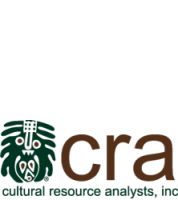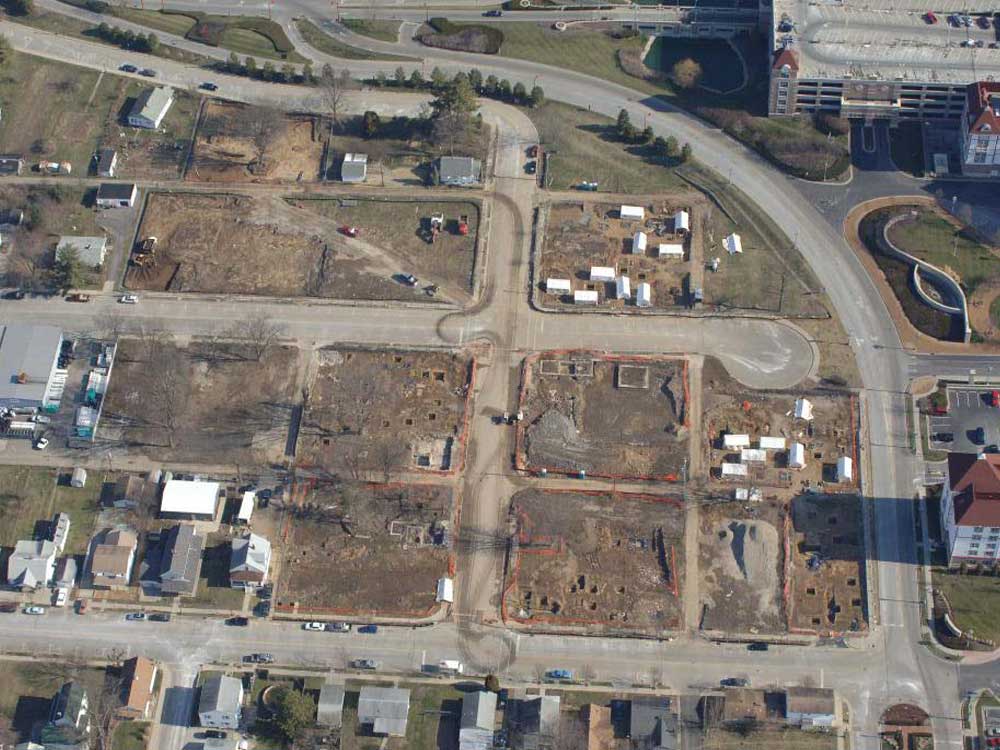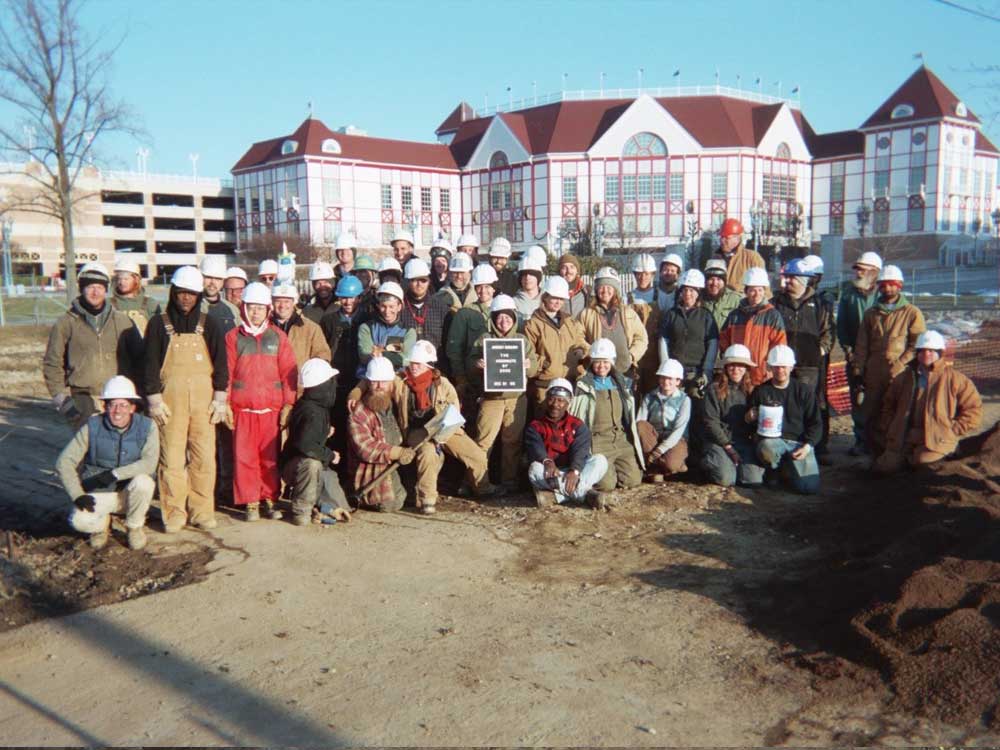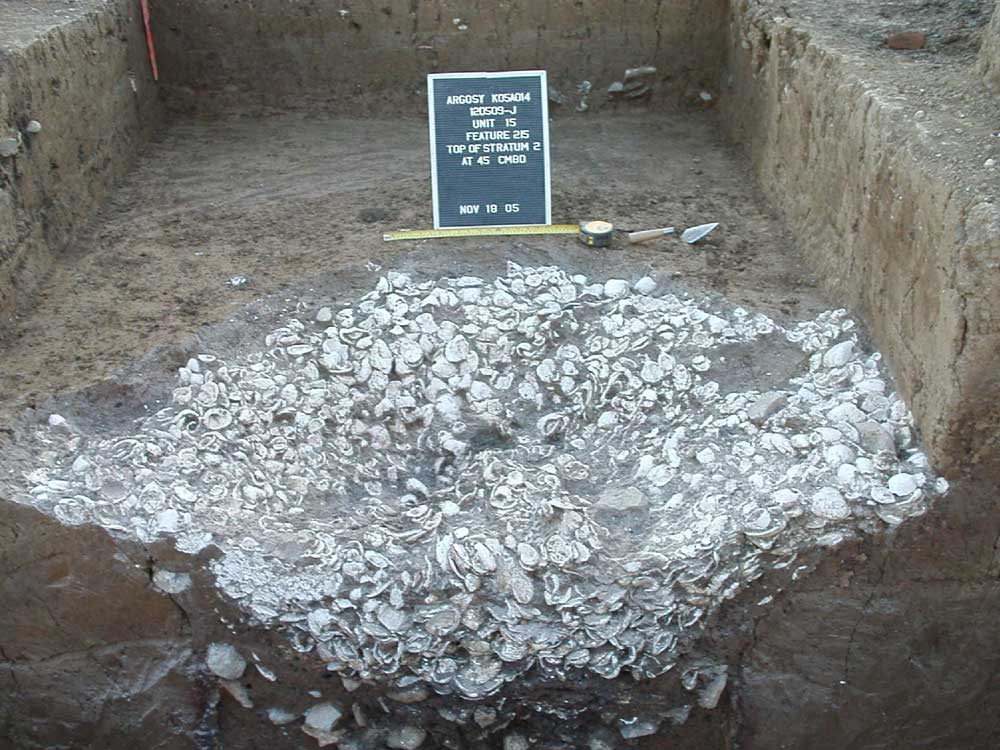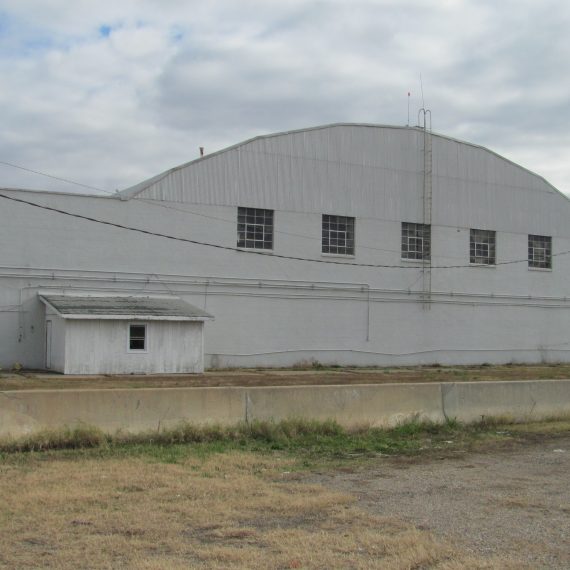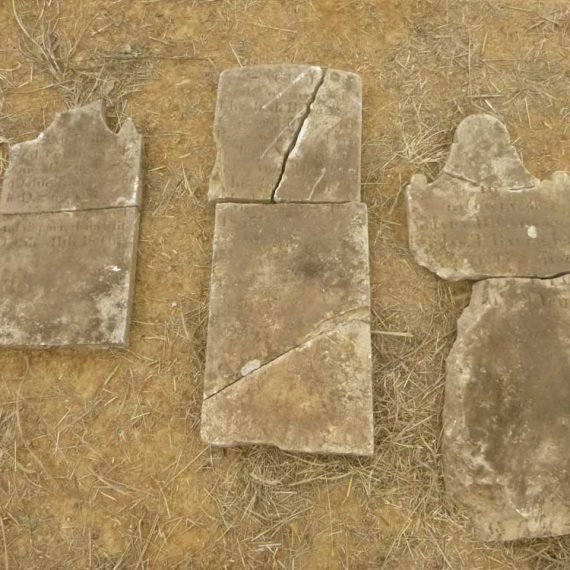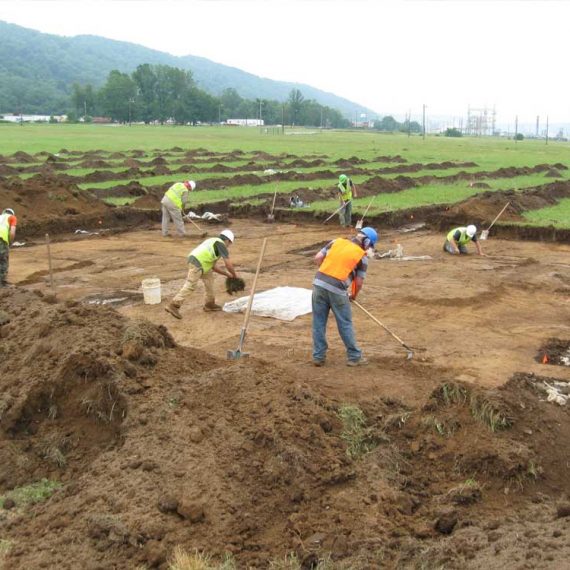Archaeological Investigations for the Argosy Lawrenceburg Casino Expansion
The Penn National Gaming Company, Inc. in order to fulfill USACE, Louisville District’s Section 404 and Section 10 permits required for the expansion of their existing casino, contracted with CRA to identify, evaluate, and ultimately conduct data recoveries on sites adversely affected by the casino development.
Because Penn Gaming established an aggressive schedule for the project, CRA had to work closely with the client, the USACE, SHPO, and construction managers. CRA assisted Penn in the development of the project MOA and a streamlined Section 106 compliance process. Working with the USACE and SHPO compliance staff, CRA developed standardized data collection and analysis protocols as part of a project-wide research design. In agreement with the reviewing agencies, CRA was allowed to submit interim Phase II reports/data recovery plans within days of the completion of fieldwork that allowed data recovery to progress at an accelerated rate. To meet the aggressive construction schedule, CRA staff had to work closely with construction managers to assist in the removal of modern features and fill to facilitate archaeological investigations; to prioritize archaeological excavations to clear areas for construction; and to ensure site and personnel safety and compliance with OSHA requirements. This was facilitated by weekly meetings with the client and construction managers. The aggressive schedule also required that CRA mobilize and maintain a large workforce and conduct Phase II and data recovery excavations on a year-round basis. To accomplish the aggressive schedule, CRA fielded a crew of 80 field archaeologists and supervisors working 50–60 hour weeks. The crew was divided into four workgroups that were responsible for specific sites or areas or tasks. Each work group was supervised by CRA full-time staff. An on-site laboratory staff processed artifacts and ecofacts and created computer records (excavation and feature forms) and artifact databases as work progressed. To facilitate work during bad weather, CRA erected portable structures. During the coldest months, the structures were heated, and portable work lights extended the working hours. CRA also had to use dewatering wells at certain times to handle excessive groundwater in deeper excavations.
During a four-month period, CRA completed the Phase I surface reconnaissance and subsurface reconnaissance of the 8.5-acre project area, which was located within a mid-19th century residential area. Phase I investigations documented 20 new historical archaeological sites and 9 new localities at the Keller Site (12D509), a previously documented Late Archaic-Middle Woodland occupation located under the historic period occupations of the city. Over the course of nearly two years, CRA conducted Phase II evaluations of 11 historic sites and 8 prehistoric localities of the Keller Site. The investigations consisted of a 10 percent sample of each site or locality employing both hand excavation and machine sampling. All site areas required the removal of 25,000 cubic meters of modern fill to facilitate the archaeological sampling. Hand excavation removed 1,000 cubic meters of sediments, and the machine sampling (controlled trenching) removed an additional 500 cubic meters. Three historic sites and four localities of the Keller Site, as well as Site 12D363 located with the boat slip, were recommended as eligible. Data recovery for each site consisted of an additional 15% sample of the significant site components.
The combined Phase II and III excavations resulted in the discovery and documentation of 400 prehistoric features and 30 post molds. The site components sampled represented Late Archaic, Early Woodland, Middle Woodland, and Late Woodland occupations (ca. 3000 B.C.–A.D. 1000). The historic excavations documented over 130 historic features (including foundations, cisterns, and privies) and hundreds of post molds and/or piers. The sites investigated were residential occupations representative of various ethnic groups and socioeconomic 19th and 20th-century conditions. Over 265,000 artifacts representing all material classes (prehistoric and historic) were processed, analyzed, catalogued, and prepared for curation by the CRA lab. Several hundred flotation samples were the subject of ethnobotanical analysis.



